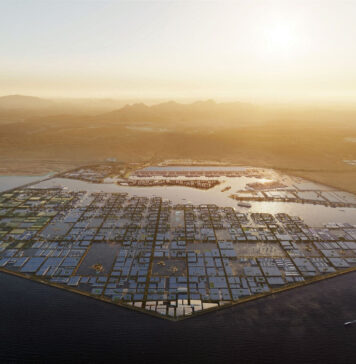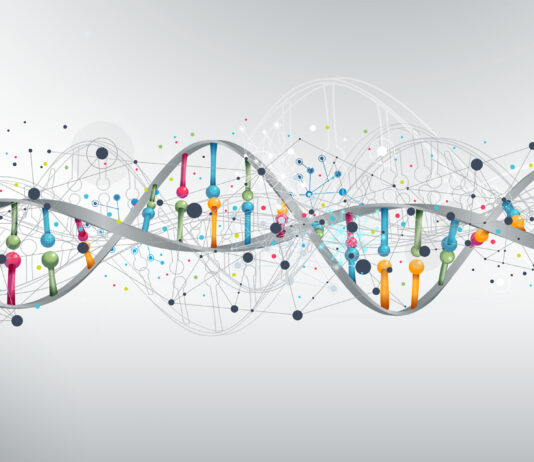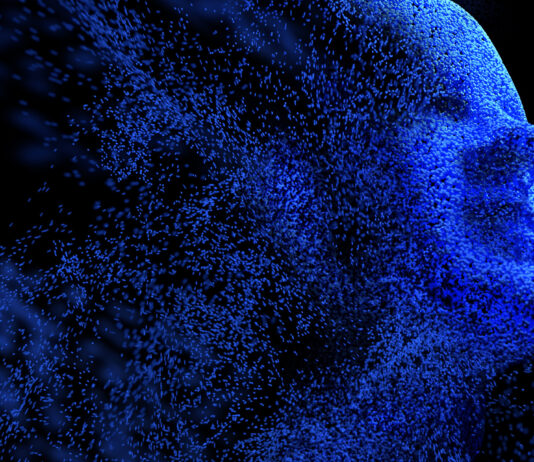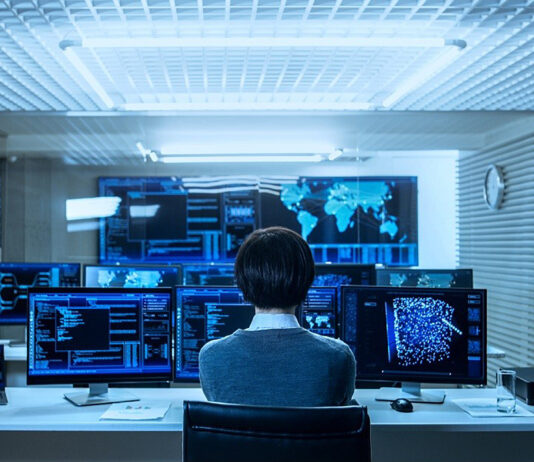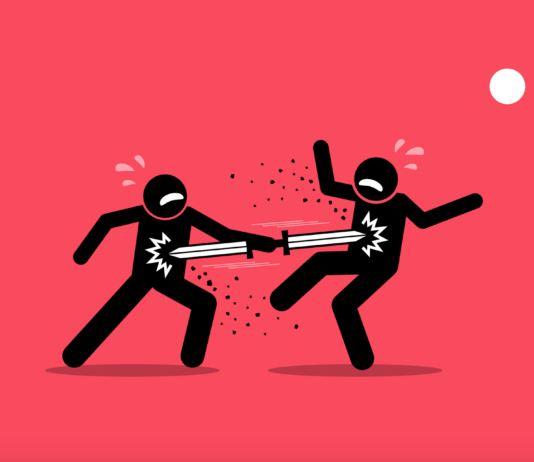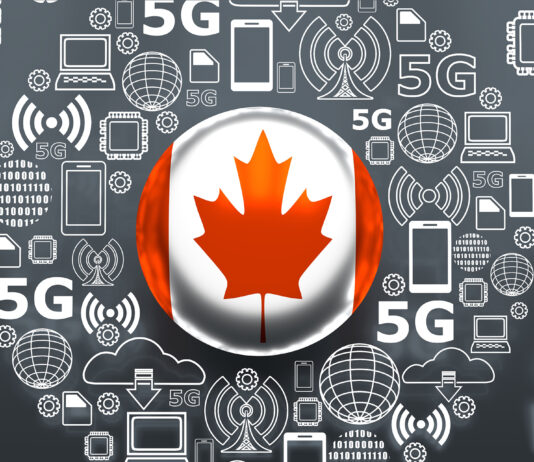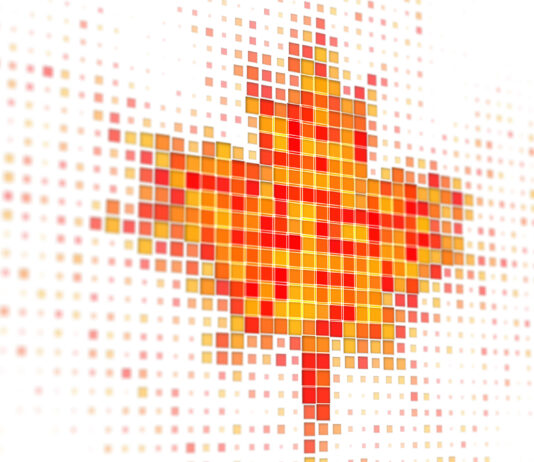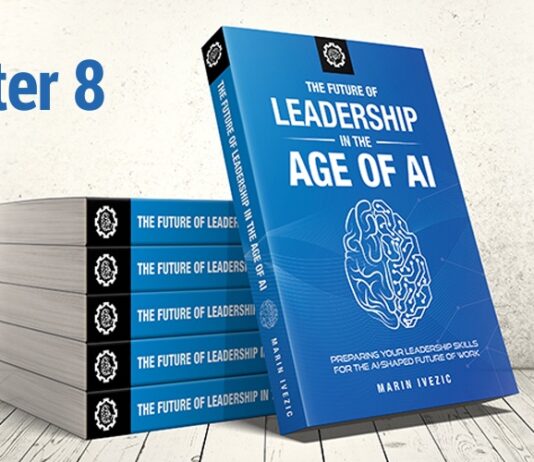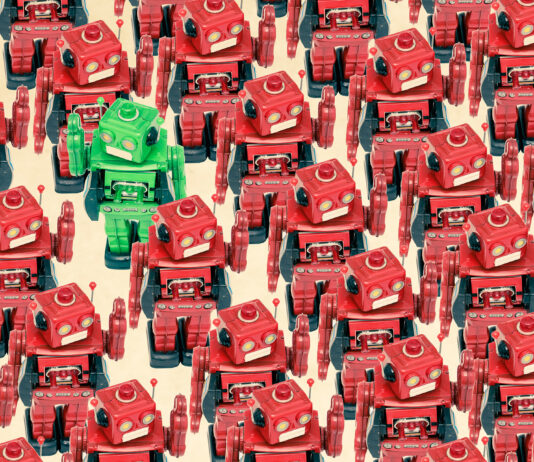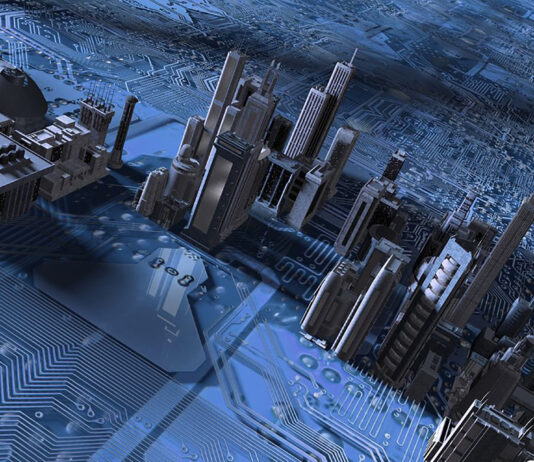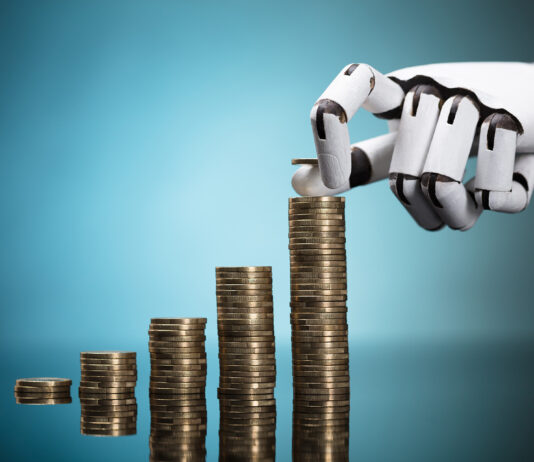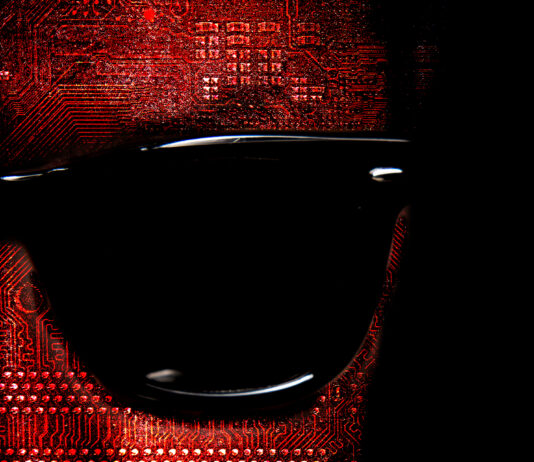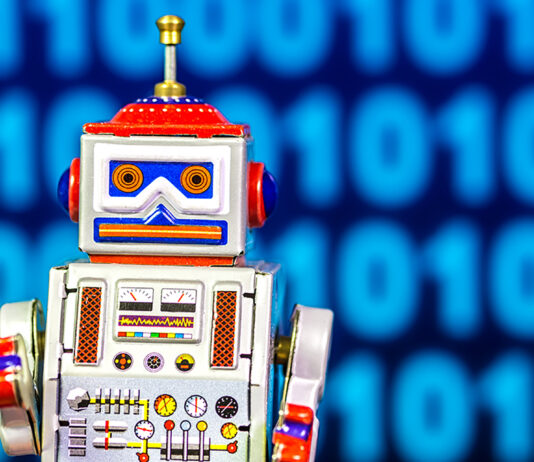In 2013, George F. Young and colleagues completed a fascinating study into the science behind starling murmurations. These breathtaking displays of thousands – sometimes hundreds of thousands – of birds in a single flock swooping and diving around each other, look from a distance like a single organism organically shape-shifting before the viewer’s eyes.
In their research article, Young et al reference the starling’s remarkable ability to “maintain cohesion as a group in highly uncertain environments and with limited, noisy information." The team discovered that the birds’ secret lay in paying attention to a fixed number of their neighbors –...
In 1956, at a workshop on the campus of Dartmouth College, in Hanover, New Hampshire, the field of artificial intelligence (AI) was born. Attendants were buoyant. MIT cognitive scientist Marvin Minsky was quoted as saying, "Within a generation the problem of creating 'artificial intelligence' will substantially be solved."
This prediction turned out to be over zealous, but Minsky and his colleagues believed it wholeheartedly. What, then, is different today? What makes the current dialogue about AI more relevant and believable? How do we know that this is not another case of humans over estimating the development of technology?
For one thing,...
Cybersecurity strategies need to change in order to address the new issues that Machine Learning (ML) and Artificial Intelligence (AI) bring into the equation. Although those issues have not yet reached crisis stage, signs are clear that they will need to be addressed – and soon – if cyberattackers are to be prevented from obtaining a decided advantage in the continuing arms race between hackers and those who keep organizations’ systems secure.
ML and AI can magnify existing vulnerabilities and open the door to new attack strategies. At the same time, though, they offer new tools to help organizations secure...
If you've ever been to an expensive restaurant and ordered a familiar dish like, say, lasagna, but received a plate with five different elements arranged in a way that does not at all resemble what you know as lasagna, then you have probably tasted deconstructionism.
This approach to cuisine aims to challenge the way our brain makes associations, to break existing patterns of interpretation and, in so doing, to release unrealized potential. If the different elements work together harmoniously, it should be the best lasagna you've ever tasted.
So it is with 5G.
In principle, the 5th Generation network is deconstructed. Firstly,...
Canada has been investing in machine learning and artificial intelligence (AI) for longer than most of the industrialized world. Dr. Geoff Hinton of Google helped ignite the field of graphics processing unit (GPU) deep learning at the University of Toronto. Then he became chief scientific advisor to the Vector Institute, which in collaboration with the University, aims to produce the largest number of deep learning AI graduates and innovators globally. Meanwhile, Montreal, Quebec prides itself as the birthplace of AI. It’s the home of computer scientist Yoshua Bengio, who is another pioneer of AI technology. Hundreds of AI researchers...
In my previous post I argued that if Canada wants to succeed with its AI-focused innovation agenda, it should also be at the forefront of 5G innovation and development. Canada could get ahead in the global 5G race not by being the first to 5G, but by being the first to roll out 5G in the right way - addressing cybersecurity, linking development of AI and 5G, addressing regulatory and policy prerequisites, etc.
Canada could leap ahead in development of both, 5G and AI, by tackling them collaboratively rather than in parallel but separately as is the case now. One...
In their outstanding book, Wicked and Wise, Alan Watkins and Ken Wilber look at some of the most pressing ‘wicked problems’ facing the human race. ‘Wicked problems,’ they suggest, are difficult to define, but they are essentially unsolvable in the usual scientific sense.
The authors go on: wicked problems, such as climate change, are multi-dimensional, have multiple causes, multiple stakeholders, multiple symptoms and multiple solutions. They are by definition complex and difficult to process.
Crucially, they are created or exacerbated by people.
Our species has proved capable of producing challenges of unfathomable difficulty. We may, however, also prove capable of developing the...
To remain competitive, organizations will increasingly have to innovate. As the speed of innovation increases, disrupting whole sectors, competitive intelligence, market intelligence even a bit of futurism will become essential skills.
Leaders will have to stay informed not only of macro trends in their industry but also in technology in general. And they will have to do more than merely report their findings to appropriate people higher in the organization. AI can easily do that. Instead, they will also have to develop a sense for how those trends could impact their organization, so they can assess how to get the...
AI leaders must adapt to the changing culture as young workers enter the job market with expectations strikingly different from the ones that leaders traditionally have encountered. These changes within their own business culture are not, though, the only culture changes to which leaders will have to adapt.
AI and other emerging technologies are accelerating the process of globalization. For example, as 3D printers become more prevalent, manufacturers will sell designs rather than finished products. Breaking into new markets won’t be a multiyear, investment-heavy effort. Emerging technologies will greatly reduce logistics requirements and expand old, geographically limited markets into one,...
Technologies that could change the world have been a popular topic for the past half century. True, the predictions that everyone would drive flying cars have not materialized, but what has materialized would astound those who offered such predictions 50 years ago. And where emerging technologies are headed is even more stunning.
Seven technologies, in my opinion, are poised for explosive growth in 2019. And what they can accomplish this year and beyond is not even the most significant disruption that I see them causing. But I’ll get to that later. First, let’s look at the Significant Seven.
Internet of Things...
Growing reliance on AI will not likely result in any of the three most common views of how AI will affect our future. Each view is founded on assumptions that fail to consider all the realities of AI.
That leaves us, however, with an important question as we plan our company’s – and our own – future in an increasingly AI-enabled world: “What will that world look like?”
AI impact on economy
The effect AI will have on the economy is massive. Such was the conclusion of a 2017 PwC report, Sizing the prize: What’s the real value of AI for your business...
Canada’s rankings in innovation has lagged that of other peer nations for decades despite government efforts to address this issue. Considering its success in developing research programs at its universities, its mediocre rankings overall in technology development is disappointing. Those programs alone have not been enough to translate into entrepreneurial innovation.
A 2017 C.D. Howe Institute study points out that, even though Canadians have been at the forefront of breakthroughs in emerging technologies, in many cases, the chief beneficiaries of those breakthroughs have been other nations’ economies. Canada needs to take a stronger role in building an environment in which...
Recent events have confirmed that the cyber realm can be used to disrupt democracies as surely as it can destabilize dictatorships. Weaponization of information and malicious dissemination through social media pushes citizens into polarized echo chambers and pull at the social fabric of a country. Present technologies enhanced by current and upcoming Artificial Intelligence (AI) capabilities, could greatly exacerbate disinformation and other cyber threats to democracy.
Robert Kagan in his recent Post essay, “The strongmen strike back,” insightfully states:
"What we used to regard as the inevitable progress toward democracy, driven by economics and science, is being turned on its...
AI’s effect on the workplace will not be limited merely to repetitive, production line-type jobs. Increasingly, it also enters the realm of highly trained knowledge workers. It will also affect those who manage workers currently employed in such jobs. AI likely will reshape jobs all the way up to the C-level offices. That doesn’t mean, though, that managers and executives will no longer be needed. They simply need to prepare themselves for shifts in their work responsibilities.
In my latest article Why AI Is Neither the End of Civilization nor the Beginning of Nirvana I argued that AI will bring...
Where AI, robots, IoT and the so-called Fourth Industrial Revolution are taking us, and how we should prepare for it are some of the hottest topics being discussed today. Perhaps the most striking thing about these discussions is how different people’s conclusions are.
Some picture a utopia where machines do all work, where all people receive a universal basic income from the revenues machines generate and where, being freed from a need to work for wages, all people devote their time to altruism, art and culture. Others picture a dystopia where a tiny elite class uses their control of AI...

